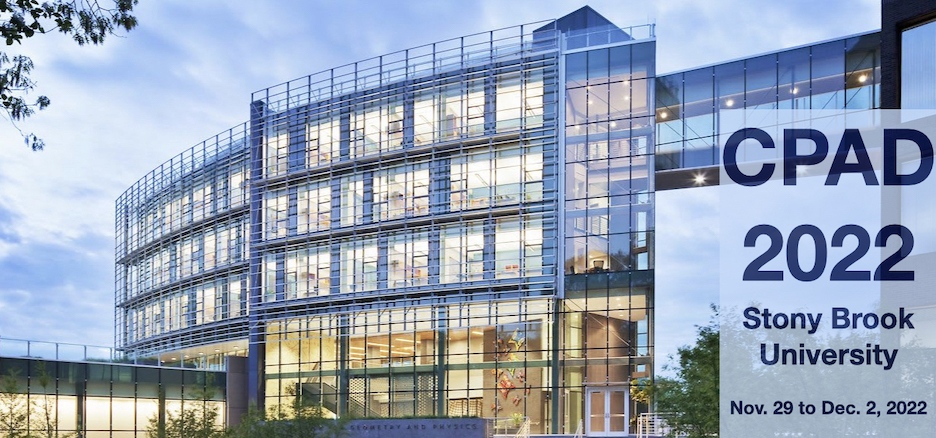Speaker
Description
Lab-scale optical atomic clocks have achieved absolute inaccuracy below the 10^(-18) level, a precision expected to allow beyond-standard-model physics searches with improved sensitivity. Space-based constellations of optical atomic clocks, if they can be made to reach similar precision, have the potential to detect ultra-light dark matter under multiple scenarios. The integration of electronic and photonic technology into chip-scale trapped-ion systems is a promising route to truly portable, high-performance optical clockwork to address these goals. Here we demonstrate the miniaturization of trap-electrode voltage control electronics suitable for hybrid integration at the chip level. The voltages on sensor electrodes are set by electrical charges on capacitors, so that their values are changed by injecting charging/discharging currents into the corresponding capacitors. The current sources are based on the concept of steering current, so fast waveforms can be generated when active signals are needed to move the trapped ions. When a clean dc voltage is demanded to minimize perturbations to the ion’s motional state, on the other hand, the current sources can be isolated for minimal noise and power consumption. The first prototype of this design has been fabricated in a 22 nm Fully depleted SOI process, utilizing High Voltage LDMOS and BOXFET transistors. The 3 × 3mm2 chip consists of 18 channels of arbitrary waveform generators operating at ~ 100MSPS, providing voltages between +/- 3.5V. A Serial-to-Parallel (SPI) interface programs the chip. We will report the concept, the implementation, and the initial test results of this design.

